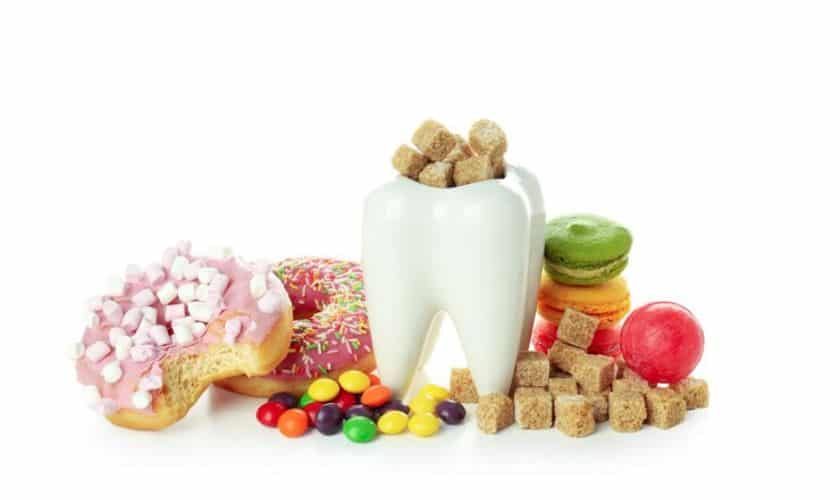What Are The Types of Dental Implants, And Which One Is Best Suited For You?

The Surprising Connection Between Diet and Dental Health
Let us first examine the need for dental implants before delving into the various kinds. Missing teeth significantly impacts your dental health along with how you look. The other teeth in the area around the missing tooth might shift, changing your bite, possibly leading to gum disease or even causing bone loss in the jaw area.
The closest approach to healthy, natural teeth is dental implants. With them, you may be stress-free and enjoy all of your daily activities, like eating, smiling, laughing, and chatting, without having to worry about your teeth. They are intended to feel, look, and work much like your own teeth. Many dental clinics in Upland specialize in cosmetic dentistry procedures to improve the appearance of smiles. To know more about dental implants, consider visiting a dentist in Upland, CA.
Which type of dental implants are best suited for you?
Dental implants can be divided into three primary types: endosteal, subperiosteal, and zygomatic. Your particular situation, including your general health, the current state of your jawbone, and your financial limitations, will determine the type of dental implant that is best for you.
- Endosteal implants
They are the most popular and widely used type of dental implants. Their common shape is that of tiny screws or cylinders, and they are composed of titanium. The patient’s jawbone is surgically inserted with these implants.
Advantages:
- Stability: Because endosteal implants are securely embedded in the mandible, they provide outstanding stability.
- Longevity: Endosteal implants have a lifetime possibility with appropriate care and maintenance. They are a reliable and long-lasting alternative to missing teeth.
- Subperiosteal implants
When a patient’s jawbone is too weak to support conventional endosteal implants, subperiosteal implants are used. A metal frame that sits on top of or behind the jawbone but beneath the gums makes up these implants.
Subperiosteal implants do not require to be inserted into the mandible like endosteal implants do. Instead, the metal frame lies below the gum line and above the bone.
Advantages:
- Suitability for Shallow Jawbone: The main benefit of subperiosteal implants is their suitability for cases where a patient’s jawbone is too shallow to accommodate endosteal implants.
- Reduced Surgical Complexity: Compared to endosteal implants, subperiosteal implants require a less invasive operation. This may result in less discomfort and faster recovery for the patient.
- Zygomatic implants
Zygomatic implants are the least prevalent type of implant. When a patient’s upper jawbone is not physically sound enough to support standard endosteal implants, they are used. Instead of the jawbone, zygomatic implants are inserted into the zygoma or cheekbone.
Advantages:
- Suitability for substantial Bone Loss: These implants are used when standard implants may not be an option due to significant bone loss in the upper jaw.
Selecting the most suitable kind of dental implant for you should be determined after exploring options with your oral surgeon or dentist. To help you make a well-informed decision, they will check out your oral health and discuss your preferences and goals.











